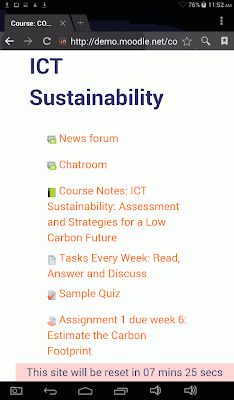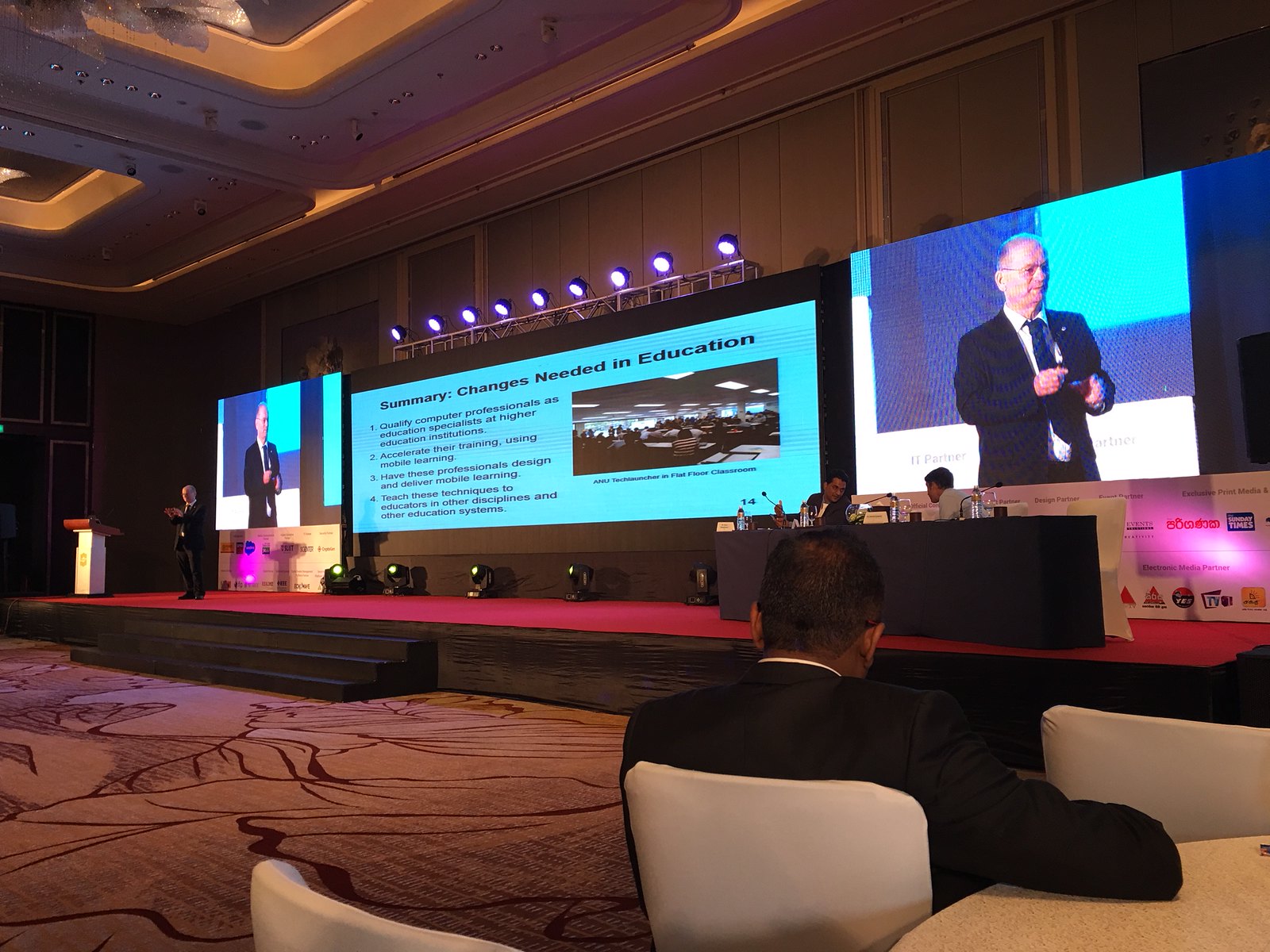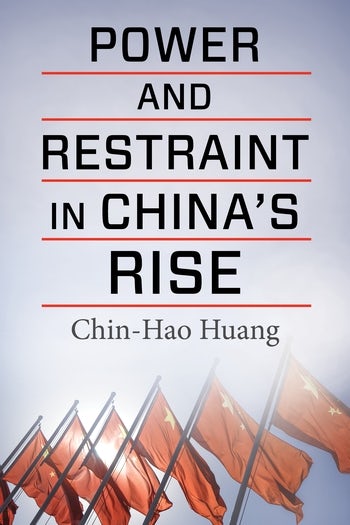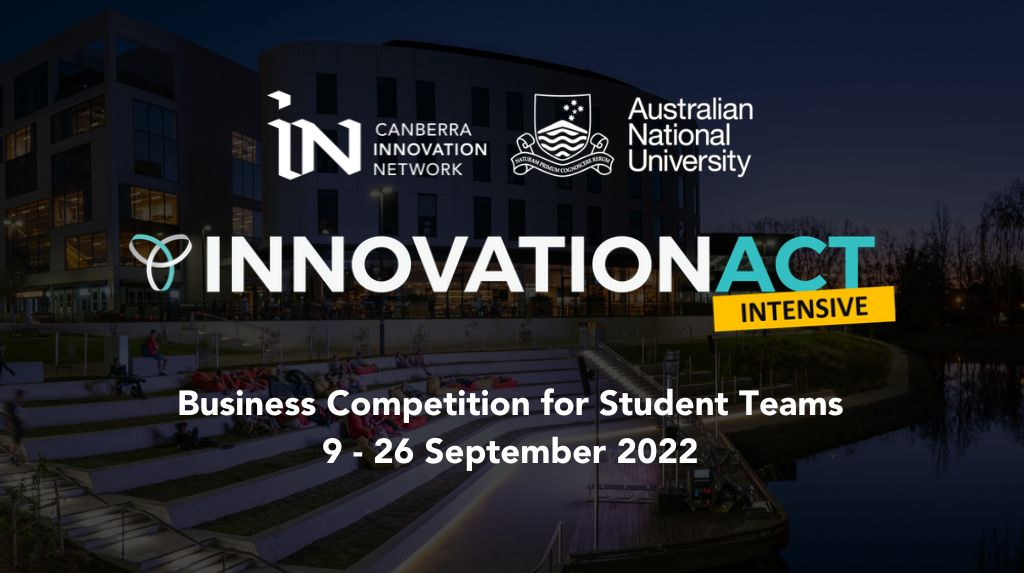The Australian Parliament's Joint Standing Committee on Foreign Affairs, Defence and Trade is holding an Inquiry into Australia’s tourism and international education sectors. The committee is accepting submissions. For international education the terms of reference are:
- "challenges associated with the loss of international student numbers as a result of the significant disruption caused by the COVID-19 pandemic and effective measures to attract and retain students to Australia;
- online innovations in education delivery and potential opportunities to strengthen the sector's resilience;
- initiatives to ensure positive international student experience and support pathways to build their skills and contribute to Australia's prosperity; and
- opportunities for international education to support strategic and foreign policy objectives"
Some initial thoughts:
COVID-19: A White Swan Event
The COVID-19 pandemic was a shock for traditional campus based universities, especially those with a research focus. These universities had to quickly convert to online delivery to students, who were unable to get to campus. This was done by turning lectures into video conferences, and exams into online quizzes. However, the limitations of this approach was already well known in the distance education community. Also it challenged how teaching staff see their role, and what students want from a university.
The institutions which had the lest difficulty were education-focused online, distance, and open universities. These institutions have been in the business of delivering education to remote students, in some cases for half a century, or more. Some more conventional campus based universities, particularly in Singapore, had practiced online delivery in an emergency, after their experience with SARS-CoV-1 in 2002 to 2004 (Chandran, 2010).
After being alerted to the need for an online alternative in an emergency, I investigated how this might be done for international students of an Australian research intensive university (Worthington, 2017). In 2016 and 2017 I gave a series of talks warning Australian universities to be ready with an online option in case international students were unable to get to campus. In the case of Australia, it seemed at that time that international tensions over the South China Sea were more likely to interrupt student access, rather than a pandemic.
In 2019 I redesigned the learning module I was delivering to allow for blended delivery, plus the option of full online delivery in an emergency (Worthington, 2019). This contingency was activated in 2020 for to COVID-19. No changes were required to content, or assessment. The face to face components were simply replaced with Zoom webinars (Cochrane, Et al., 2021).
1. Measures to attract and retain students
Australia can continue to use essentially the same marketing techniques for attracting international students. These emphasize Australia as a safe place, with quality respected institutions, and job opportunities. Universities can continue to use their campuses as part of the marketing. However, in reality most students spent most of their time not in a classroom, even before COVID-19. Conventional lectures are a very poor way to learn, and exams a poor way to assess. Universities were replacing these with experiential learning, and project based assessment, and COVID-19 has accelerated this trend. Unfortunately, these are difficult to market learning formats, with parents wanting to see students in class, and potential employers seeing scope for cheating in online assessment.
The key to marketing the new educational techniques is through the person to person learning, for vocationally relevant outcomes. One example is Work Integrated Learning (WIL), where students learn, and earn course credit, while in a workplace. WIL is part of the requirements for membership of professions, including engineering, and computing, as it is way of providing students with so-called "soft" skills. This is attractive for students, especially where the WIL is through paid work. However, arranging sufficient work places is an expensive process for universities, which are currently undertaking this is an ad-hoc way, and competing for job placements.
Coordination of WILL opportunities with universities, industry bodies and government could improve the attractiveness of Australia as an educational destination, while also meeting staff shortages.
2. Online education for resilience
For those who were already using online learning, and those who had planned to use it in an emergency, the pandemic proved to be mostly business as usual. In particular, asynchronous learning to provide the scaffolding for a course, with embedded synchronous activities added (Worthington, 2013). This proved resilient to problems with equipment, bandwidth, and students and staff unavailable at set times. With this approach students are provided with all the materials they need, and all assessment tasks, at the beginning of a course. The student works through the materials on their own, or with others, occasionally checking in with a tutor.
The approach to course design I suggested in 2016, and implemented in 2019, had a traditional distance education format, with face to face components for those who could get to campus, or online for those who could not. This approach evolved from that used by the Australian Computer Society for professional development, modified for delivery at university with face to face components. This approach is supported by education theory (Narayan, Et al., 2012).
3a. Providing a positive student experience
Unfortunately most online education delivery during the pandemic was not designed for online distance delivery, and undertaken by staff not trained in digital education. The students were not inducted into the distance format, and had to learn about it, at the same time as their instructors, as courses evolved. Despite these impediments, overall learning was achieved. However, with training, staff can deliver a much better experience. Decades of research shows that online and distance institutions provide a learning experience at least equal to face to face (Worthington, 2012).
For students who are unable to get to campus due to cost, disability, employment or family commitments the distance option is their only best option. In the past Australian universities routinely discriminated against students by refusing to provide an online option which was feasible, affordable, but too much trouble. It would be unfortunate if universities were permitted to withdraw the online option, and return to discriminating against students. One promising development to provide
3b. Pathways to build skills and contribute to Australia
The previous Australian government introduced undergraduate certificates, as a form of short university qualification. Universities responded by taking the first semester of their degrees and packaging these as the certificate. This was a worthwhile initiative, but does not provide the flexible "micro-credentials" talked about. For these to be designed and become useful universities will need to adopt the techniques for standardizing, and packaging short qualifications used in the vocational education and training (VET) sector (Worthington, 2018).
4. Supporting strategic and foreign policy
A key component of the cold war Colombo Plan was to provide subsidized education to people from developing nations of the Indo-Pacific region. This was done to help with development, and engender friendly relations with Australia. Now that Australia, and other western countries have switched to using education as a for-profit premium product, China has stepped in to offer low cost education, as an element of foreign policy. Australia can't compete directly with the scale of provision of low cost education by China, but could offer premium blended low cost education targeted at the region (Worthington, 2014). Delivery of education via low cost mobile devices has potential (Sinfield, Et al., 2020).
References
Cochrane, T., Narayan, V., Aiello, S., Birt, J., Cowie, N., Cowling, M., ... & Worthington, T. (2021, November). Back to the Future Post Pandemic Socially Constructed Blended Synchronous Learning-Vignettes from the Mobile Learning SIG. In ASCILITE 2021. ASCILITE.
Narayan, V., Cochrane, T., Aiello, S., Birt, J., Cowie, N., Cowling, M., ... & Worthington, T. (2021, November). Mobile learning and socially constructed blended learning through the lens of Activity Theory. In ASCILITE (Vol. 2021, p. 38th).
Sinfield, D., Narayan, V., Cochrane, T., Cowie, N., Hinze, M., Birt, J., ... & Worthington, T. (2020, December). A mobile ecology of resources for Covid-19 learning. In ASCILITE 2020: ASCILITE’s first virtual conference. ASCILITE.
Worthington, T. (2012, July). A Green computing professional education course online: Designing and delivering a course in ICT sustainability using Internet and eBooks. In 2012 7th International Conference on Computer Science & Education (ICCSE) (pp. 263-266). IEEE.
Worthington, T. (2013, April). Synchronizing asynchronous learning-Combining synchronous and asynchronous techniques. In 2013 8th International Conference on Computer Science & Education (pp. 618-621). IEEE.
Worthington, T. (2014, August). Chinese and Australian students learning to work together online proposal to expand the New Colombo Plan to the online environment. In Computer Science & Education (ICCSE), 2014 9th International Conference on (pp. 164-168). IEEE. URL https://doi.org/10.1109/ICCSE.2014.6926448
Worthington, T. (2017). Digital Teaching In Higher Education: Designing E-learning for International Students of Technology, Innovation and the Environment. ANU Open Research Repository. https://openresearch-repository.anu.edu.au/handle/1885/148737
Worthington, T. (2018, December). Blended learning for the indo-pacific. In 2018 IEEE International Conference on Teaching, Assessment, and Learning for Engineering (TALE) (pp. 861-865). IEEE.
Worthington, T. (2019, December). Blend and flip for teaching communication skills to final year international computer science students. In 2019 IEEE International Conference on Engineering, Technology and Education (TALE) (pp. 1-5). IEEE.
















